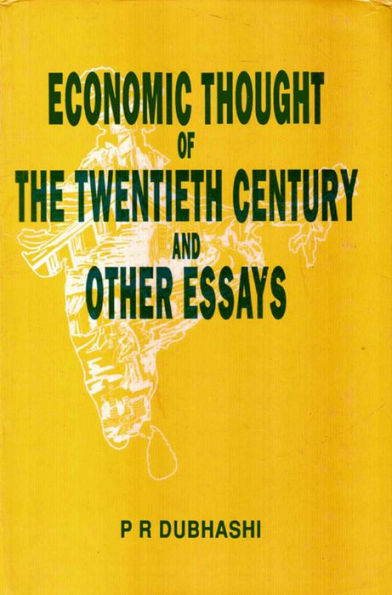Economic Thought Of The Twentieth Century And Other Essays
A library is a collection of implementations of behavior, written in terms of a language that has a well-defined interface by which the behavior is invoked. This means that as long as a higher level program uses a library to make system calls, it does not need to be re-written to implement those system calls over and over again. In addition, the behavior is provided for reuse by multiple independent programs. A program invokes the library-provided behavior via a mechanism of the language. For example, in a simple imperative language such as C, the behavior in a library is invoked by using C's normal function-call. What distinguishes the call as being to a library, versus being to another function in the same program, is the way that the code is organized in the system. Library code is organized in such a way that it can be used by multiple programs that have no connection to each other, while code that is part of a program is organized to only be used within that one program. This distinction can gain a hierarchical notion when a program grows large, such as a multi-million-line program. In that case, there may be internal libraries that are reused by independent subportions of the large program. The distinguishing feature is that a library is organized for the purposes of being reused by independent programs or sub-programs, and the user only needs to know the interface, and not the internal details of the library.
1142702271
Economic Thought Of The Twentieth Century And Other Essays
A library is a collection of implementations of behavior, written in terms of a language that has a well-defined interface by which the behavior is invoked. This means that as long as a higher level program uses a library to make system calls, it does not need to be re-written to implement those system calls over and over again. In addition, the behavior is provided for reuse by multiple independent programs. A program invokes the library-provided behavior via a mechanism of the language. For example, in a simple imperative language such as C, the behavior in a library is invoked by using C's normal function-call. What distinguishes the call as being to a library, versus being to another function in the same program, is the way that the code is organized in the system. Library code is organized in such a way that it can be used by multiple programs that have no connection to each other, while code that is part of a program is organized to only be used within that one program. This distinction can gain a hierarchical notion when a program grows large, such as a multi-million-line program. In that case, there may be internal libraries that are reused by independent subportions of the large program. The distinguishing feature is that a library is organized for the purposes of being reused by independent programs or sub-programs, and the user only needs to know the interface, and not the internal details of the library.
174.99
In Stock
5
1

Economic Thought Of The Twentieth Century And Other Essays

Economic Thought Of The Twentieth Century And Other Essays
174.99
In Stock

Product Details
| ISBN-13: | 9789354391125 |
|---|---|
| Publisher: | Concept Publishing Company Pvt. Ltd. |
| Publication date: | 06/30/2019 |
| Sold by: | Barnes & Noble |
| Format: | eBook |
| File size: | 396 KB |
About the Author
From the B&N Reads Blog
